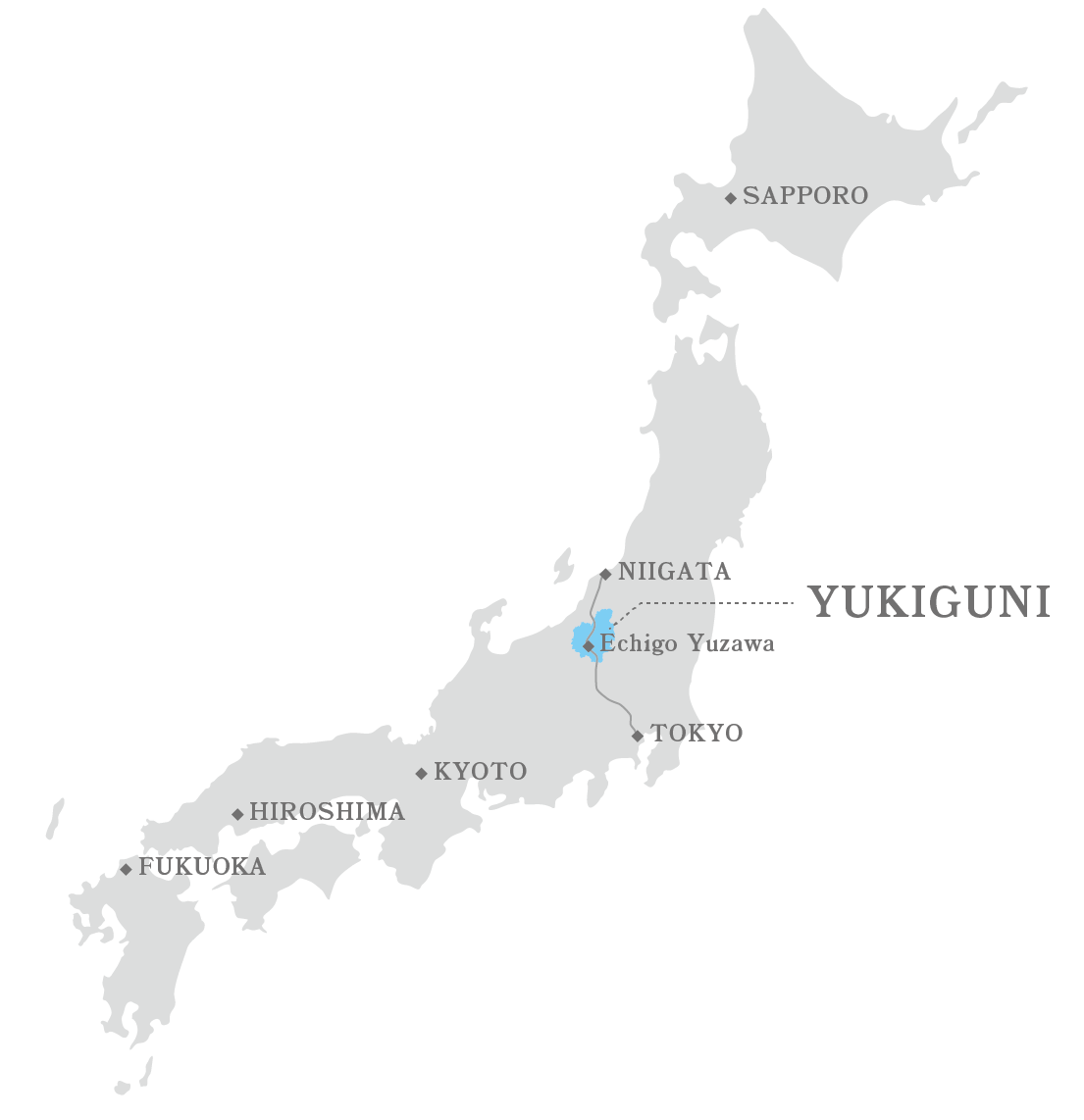Discover the Magic of YUKIGUNI
Welcome to the official website of the Snow Country Tourism Zone (YUKIGUNI), accredited by the Japan Tourism Agency in 2008.
Here, we showcase the rich local culture and gastronomy nurtured by deep snow, sharing the unique stories born from this extraordinary environment. We also offer curated tours that let you experience the one-of-a-kind culture of YUKIGUNI up close.
Embark on an unforgettable journey into the distinctive lifestyle and traditions of YUKIGUNI!

